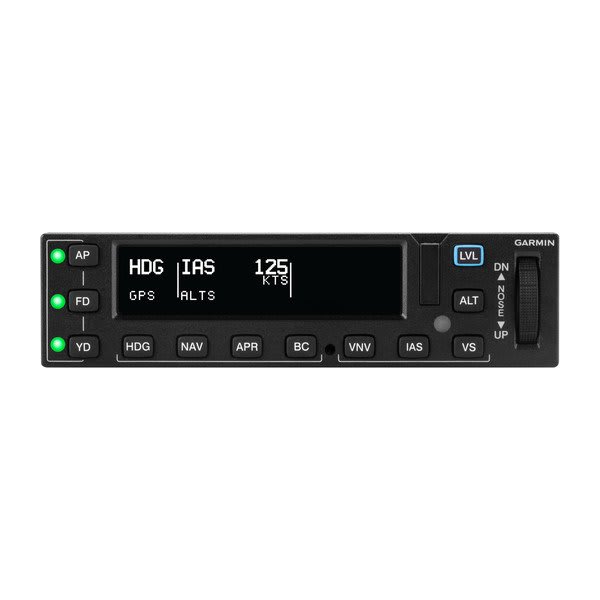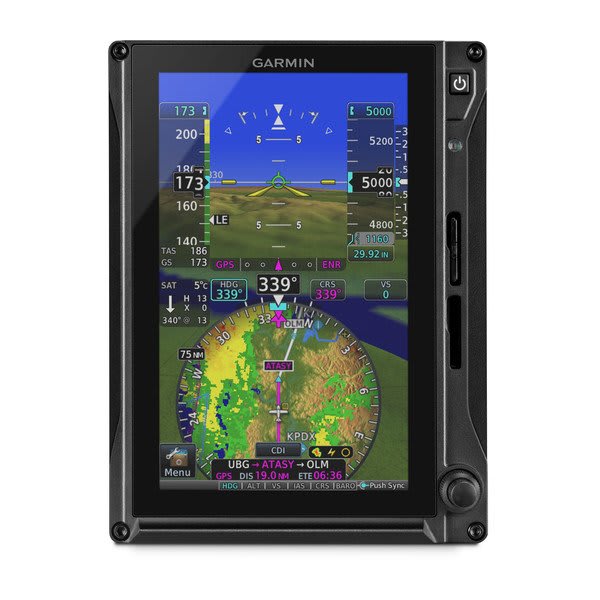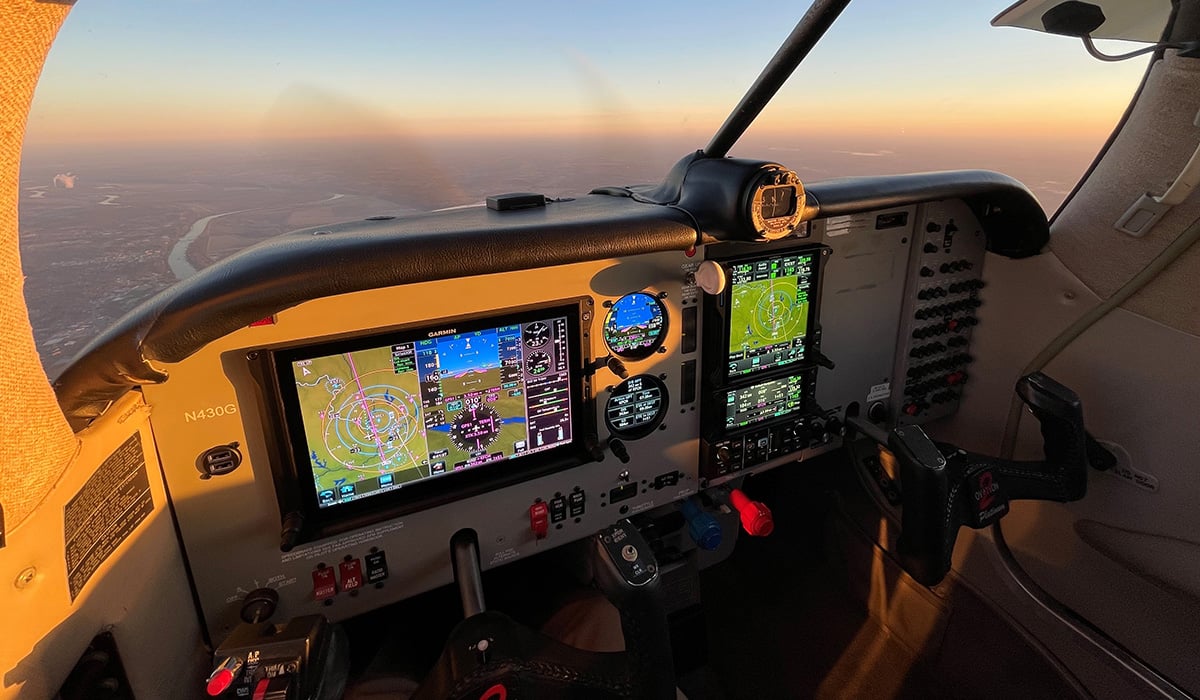
Five Benefits of Flying with Smart Rudder Bias in Your Twin
One of the advantages of operating a twin-engine aircraft is enhanced peace of mind from engine redundancy. Yet an engine failure in these aircraft can present a safety risk of its own. When that happens, you must act quickly to correct the potentially hazardous aerodynamic effects of flying with only one operating engine.
Garmin Smart Rudder Bias provides assistance in these situations. It’s available in select aircraft equipped with a GFC™ 600 autopilot with the yaw option and G500 TXi or G600 TXi primary flight displays with engine indications. And it automatically does several things that help give you time to react and remain in control.
1. It’s available soon after takeoff.
Engine failures are particularly critical on climbout. That’s why Smart Rudder Bias is available as soon as the airplane reaches minimum controllable airspeed. But it also constantly monitors the aircraft throughout the entire flight, because failures can happen at any time. And it offers protection whether your autopilot is on or off.
2. It identifies the failing engine.
The system determines a one-engine inoperative condition by using the engine indication system. It compares power output between the two engines, and if it detects that a power difference exceeds a predetermined threshold, it indicates which engine is failing. That helps you more quickly confirm the failure.
3. It applies rudder to correct yaw.
Once it recognizes the failure, Smart Rudder Bias activates to help counteract the aerodynamic changes that occur because of the failure. It immediately provides rudder force to help you overcome the yaw tendency from the loss of power and added drag so you have time to complete procedures and maintain control of the aircraft.
4. It adds elevator and pitch inputs to maintain control.
When necessary, the system applies modified Electronic Stability and Protection control inputs. If your bank angle exceeds preset limits because of the roll tendency, it adds aileron inputs to help you increase or decrease bank — even in turns. It also provides elevator inputs to help you pitch for safe airspeed and avoid a stall.
5. It’s easily disengaged once you’re in control.
Once you’ve reestablished stable flight, you can deactivate Smart Rudder Bias with a panel-mounted switch and fly to a suitable airport for an emergency landing. If you’re able to restore power to the failed engine, you can also rearm Smart Rudder Bias to provide continued protection during two-engine flight.
Are you ready to add Smart Rudder Bias to your twin? Just contact your local Garmin authorized dealer to discuss how to equip your aircraft. You can also visit our GFC 600 page to learn more about how it can help during a one-engine inoperative condition.







